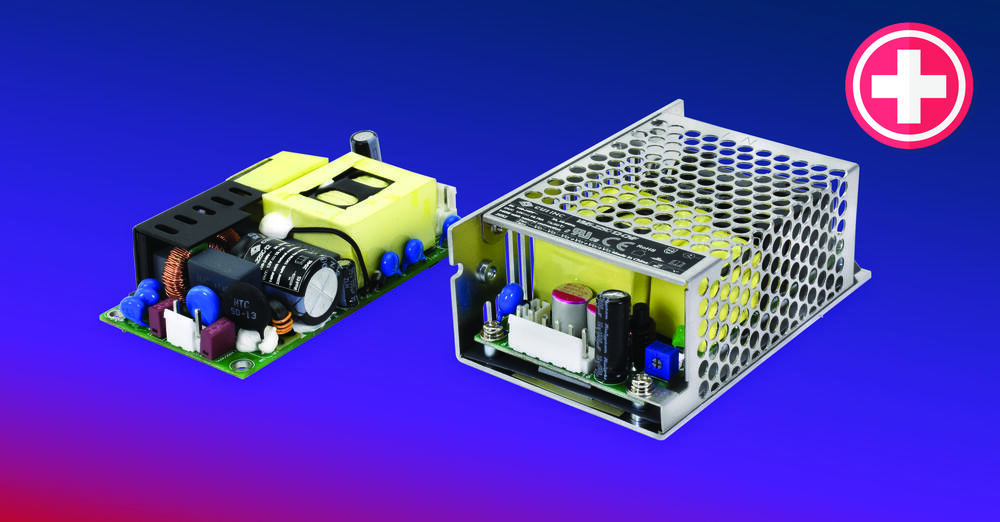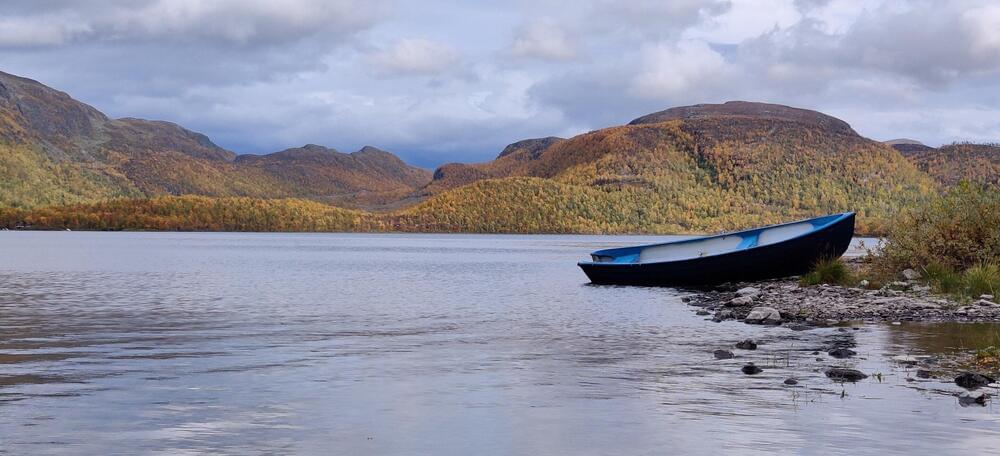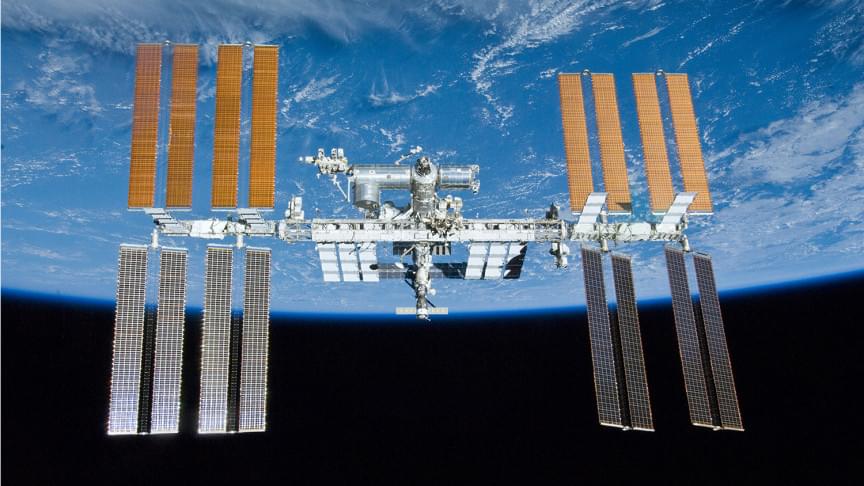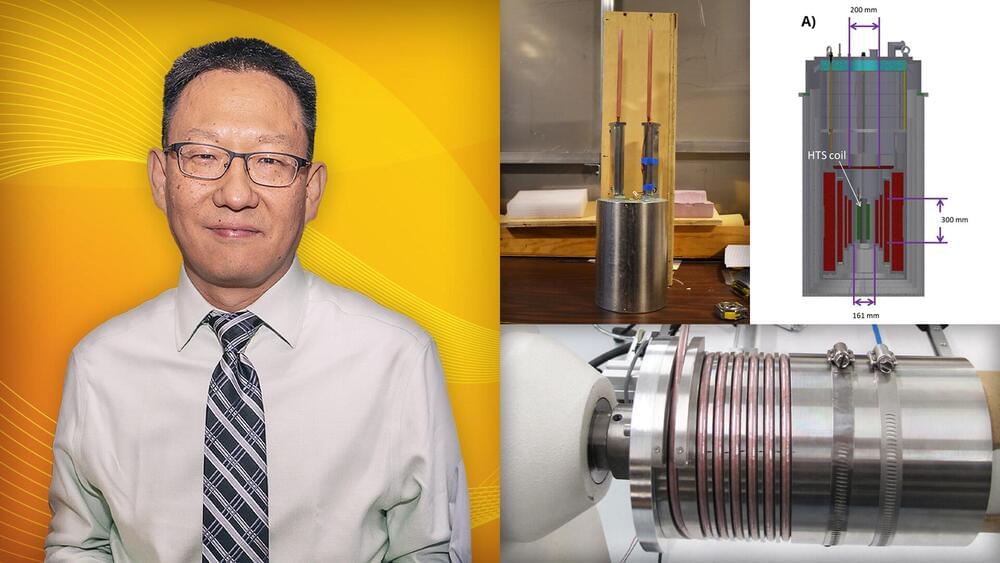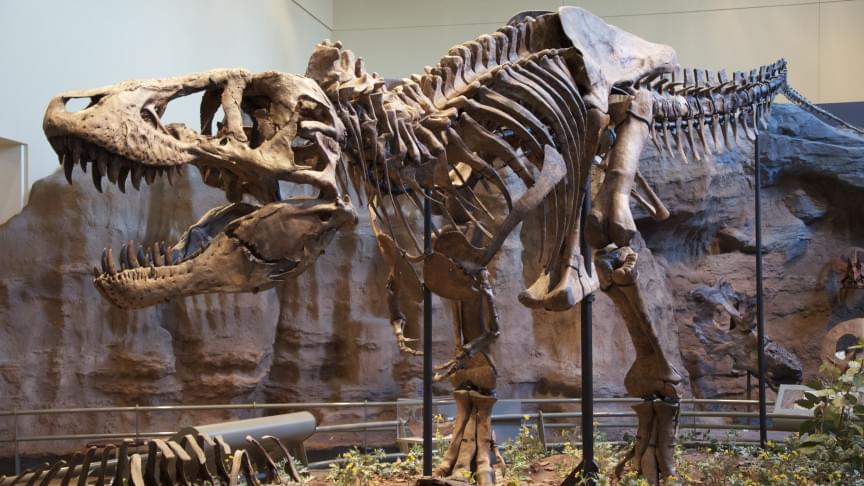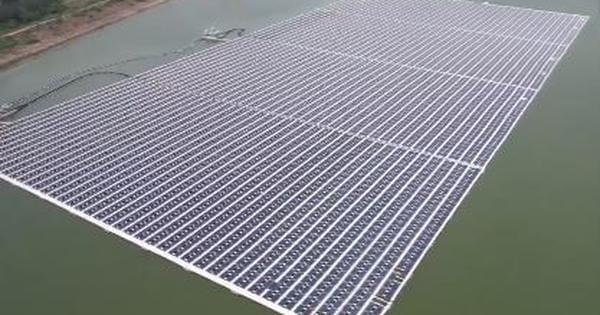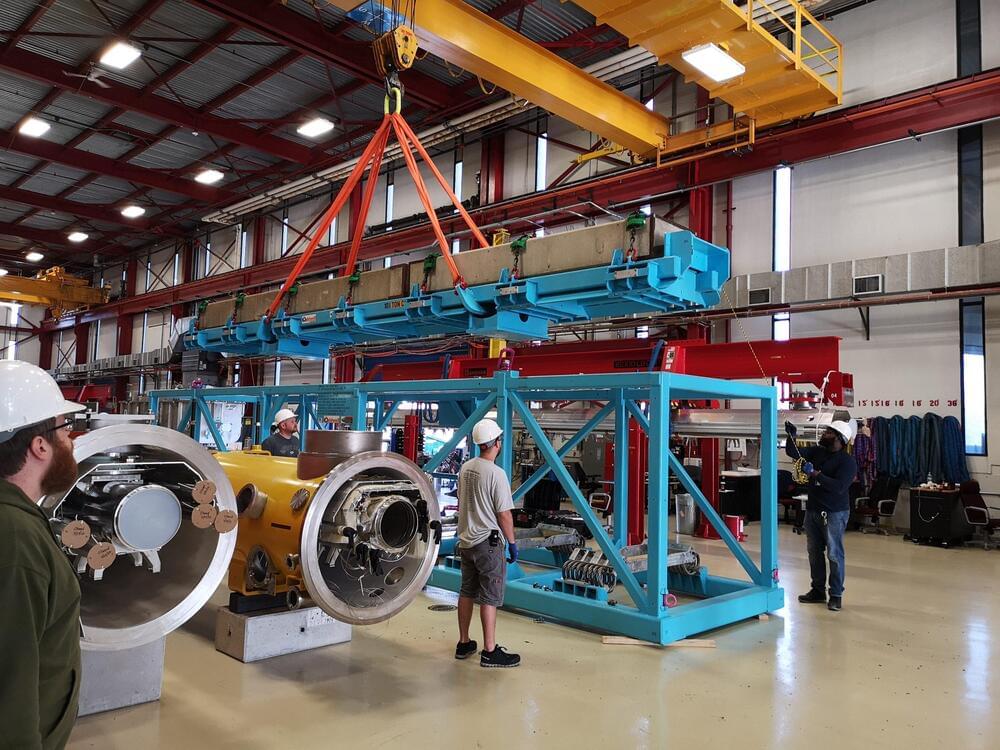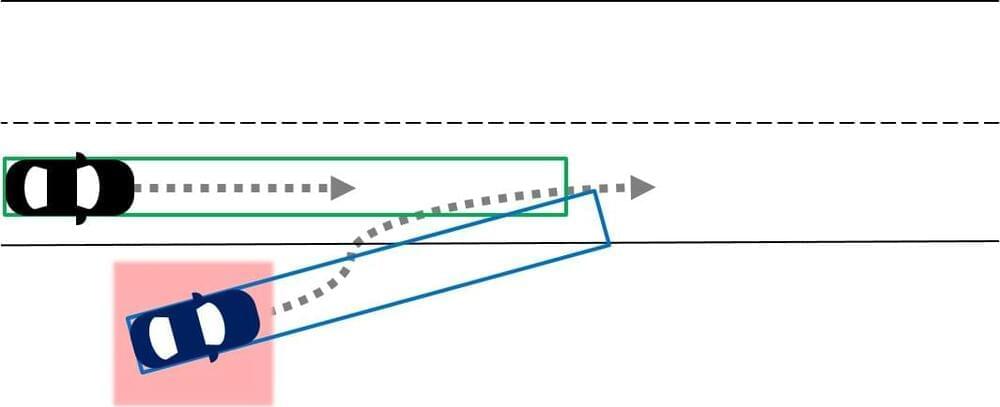Whether the AC/DC power supplies are open-frame or enclosed models or even desktop adapters, the latest power devices for medical and industrial applications share a few things in common: They offer a smaller solution size and achieve a higher power density while providing higher efficiency.
In addition, you’ll find that many power supply manufacturers are rolling out flexible and more options to meet the wide range of medical and industrial applications. Cooling and the capability to parallel power supplies are also important factors. Not surprisingly, these AC/DC power supplies also meet a variety of safety approvals and can operate in harsh environments.
Here is a selection of AC/DC power supplies that meet medical and industrial power requirements. In some cases, they meet requirements for both market segments.
